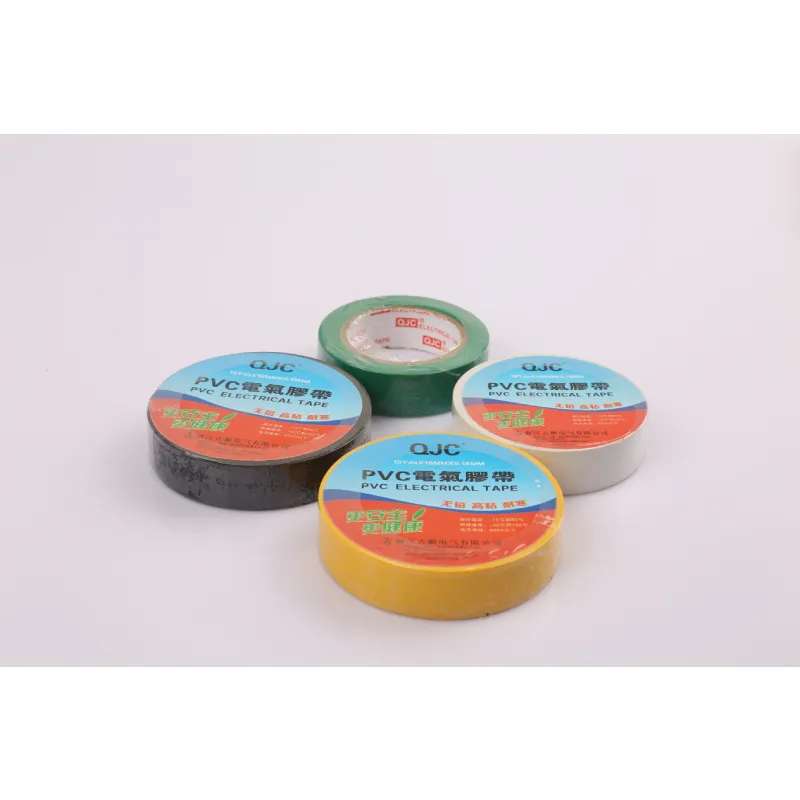Understanding ESD Floor Tape A Comprehensive Guide
In today's high-tech world, where sensitive electronic components are proliferating, maintaining the integrity of these components is paramount. One of the most critical factors in protecting electronics from damage is effectively managing electrostatic discharge (ESD). ESD can cause significant harm to sensitive devices, leading to malfunctions or complete failures. Thus, industries that handle electronic components rely on various methods to mitigate ESD risks, and one essential tool in this arsenal is ESD floor tape.
What is ESD Floor Tape?
ESD floor tape is a specialized adhesive tape designed to provide a safe environment for electronic assembly and manufacturing. It is typically made from conductive or dissipative materials that help control static electricity. When applied to floors or work surfaces, ESD floor tape helps create a grounded surface that reduces the risk of electrostatic discharge, protecting sensitive components and ensuring a stable operational environment.
The Importance of ESD Control
Electrostatic discharge occurs when there is a difference in electrical potential between two objects. In industries that handle electronics, even a small discharge can lead to catastrophic failures. Thus, implementing ESD control measures is crucial. ESD floor tape offers a practical solution by facilitating a controlled environment where static electricity is managed effectively.
How ESD Floor Tape Works
The primary function of ESD floor tape is to provide a static-safe surface. Unlike regular tape, which can create static electricity, ESD tape is engineered to dissipate static charges. Most ESD floor tapes feature a combination of conductive and dissipative properties. Conductive materials allow for the quick transfer of static electricity to the ground, while dissipative materials slow down the discharge process, providing a balance that keeps static electricity in check.
To install ESD floor tape effectively, it is essential to ensure that the surface is clean and free from dust or debris. The tape should be placed in high-traffic areas, particularly near workstations where electronics are handled. To maximize its effectiveness, the floor tape must be grounded properly, which typically involves attaching it to a grounding point or system.
esd floor tape

Benefits of Using ESD Floor Tape
1. Prevention of Damage The primary benefit of ESD floor tape is its ability to prevent damage to sensitive electronic components. By reducing the risk of electrostatic discharge, companies can safeguard their investments in intricate electronic devices.
2. Easy Installation ESD floor tape is straightforward to install. It can be easily cut to size and applied without the need for complex equipment or specialized skills.
3. Versatility ESD floor tape is versatile and can be used in various settings, including manufacturing plants, laboratories, and assembly areas. It can also be applied over different types of floor surfaces, such as concrete, tile, or vinyl.
4. Cost-Effective Solution Compared to the potential costs associated with damaged electronic components, investing in ESD floor tape is a cost-effective measure. It provides long-term protection that can save companies significant amounts of money.
5. Compliance with Standards Many industries are governed by strict ESD control standards. Using ESD floor tape helps organizations comply with these regulations, ensuring they meet industry best practices.
Conclusion
As technology continues to advance and electronic components become increasingly delicate, the importance of ESD control cannot be overstated. ESD floor tape is an invaluable tool that provides a reliable and straightforward means of mitigating electrostatic discharge risks. By implementing ESD floor tape within their environments, businesses can protect their electronic components, avoid costly damages, and maintain compliance with industry standards. In a world where every component matters, ESD floor tape is a small but mighty solution that plays a crucial role in electronic safety.
-
XIANGFAN Rubber Tape-Ultimate Solutions for All Your Insulation NeedsNewsJun.24,2025
-
XIANGFAN Rubber Tape-Protection for Industrial and Residential ApplicationsNewsJun.24,2025
-
XIANGFAN Rubber Tape: Superior Safety and Sealing for Demanding EnvironmentsNewsJun.24,2025
-
XIANGFAN Rubber Tape: Reliable Solutions for Every Electrical ChallengeNewsJun.24,2025
-
XIANGFAN Electrical & Industrial Tape: Powering Reliability Across IndustriesNewsJun.24,2025
-
XIANGFAN Electrical & Industrial Tape: Excellence in Every ApplicationNewsJun.24,2025
